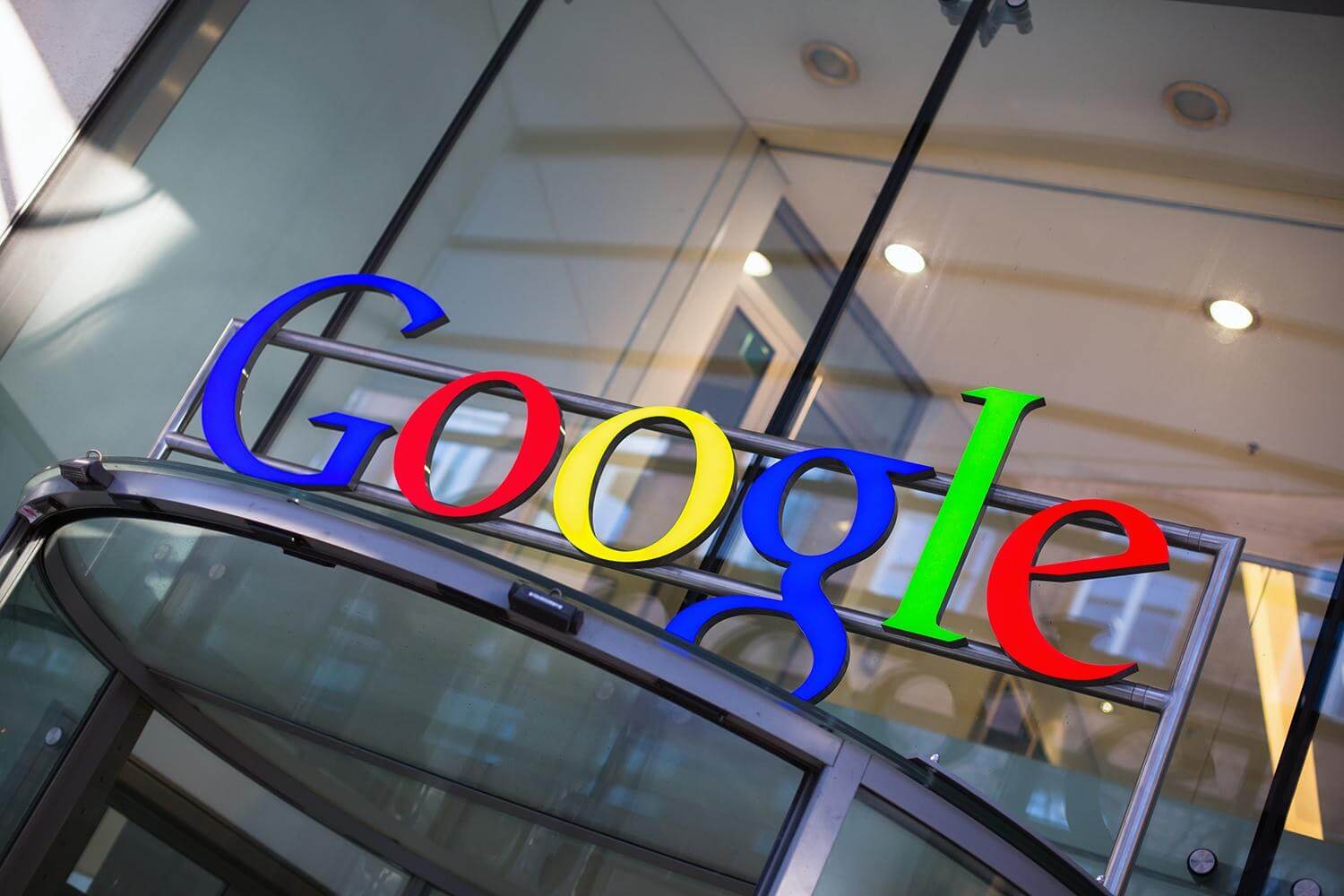In brief: Harvard University and Google are working together to solve an age-old problem: restaurant food poisoning. Researchers from both sides have utilized search and location data gathered through Google to determine which restaurants are making their customers sick. Using that information, researchers can "focus" health inspections to improve their accuracy.
Machine learning technology has a wide variety of potential uses, and more are being discovered regularly. We've already seen AI beat top chess champions, take on professional DOTA 2 players, beat several lawyers at their own game, and even diagnose certain medical conditions.
Through a partnership between Google and Harvard University, researchers have now developed a machine learning (ML) model that can tackle a completely different issue: restaurant food poisoning.
The ML model, dubbed "Finder," uses anonymous data gathered from search engines statistics, such as search queries and location data, to determine whether or not specific restaurants have a history of making their customers sick. It's a simple concept, and it's a problem Google is particularly well-equipped to help solve given its position as a search giant.

"We computed the fraction of people who visited a particular restaurant and later searched for terms indicative of food poisoning to identify potentially unsafe restaurants," Google and Harvard's published research reads. "We used this information to focus restaurant inspections in two cities and demonstrated that FINDER improves the accuracy of health inspections."
The researchers involved with this study got their idea from John Snow, a man who reportedly went from door to door in the 1800s to figure out where victims of a cholera outbreak were getting their water from. By doing so, he was able to figure out the source of the epidemic. This research report uses much the same method, but they've used technology to scale it up.
While it's tough to say whether or not the results of researchers' limited testing should be taken at face value, they might be encouraging enough to incentivize further testing.
Image courtesy mistery via Shutterstock
